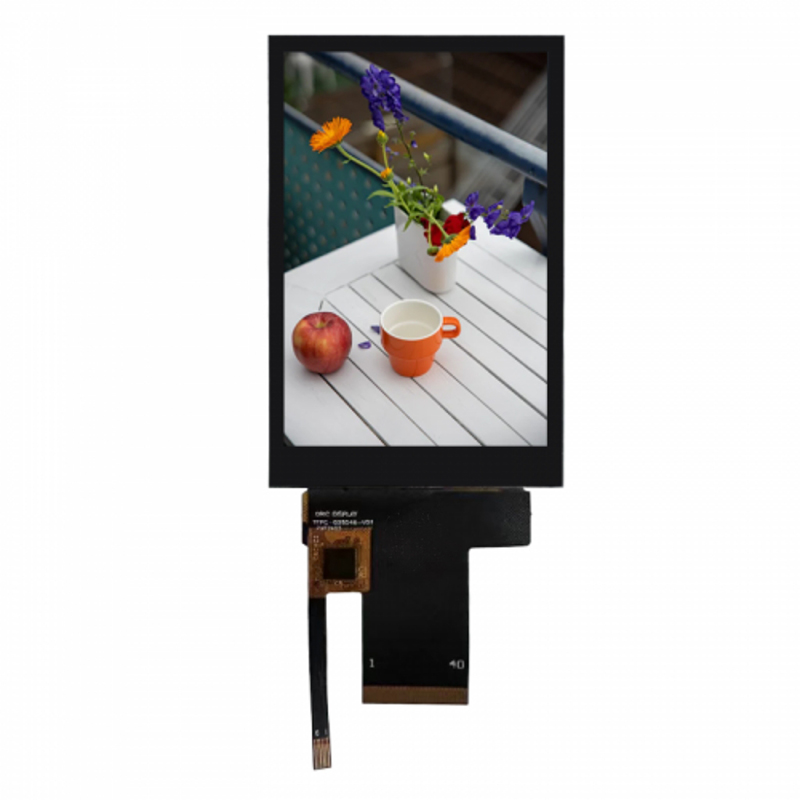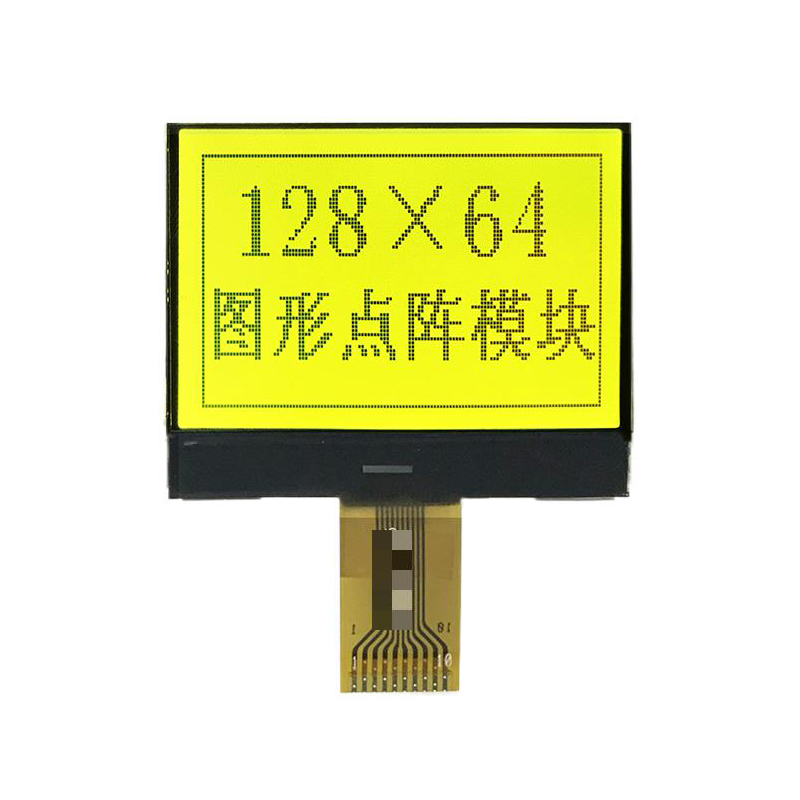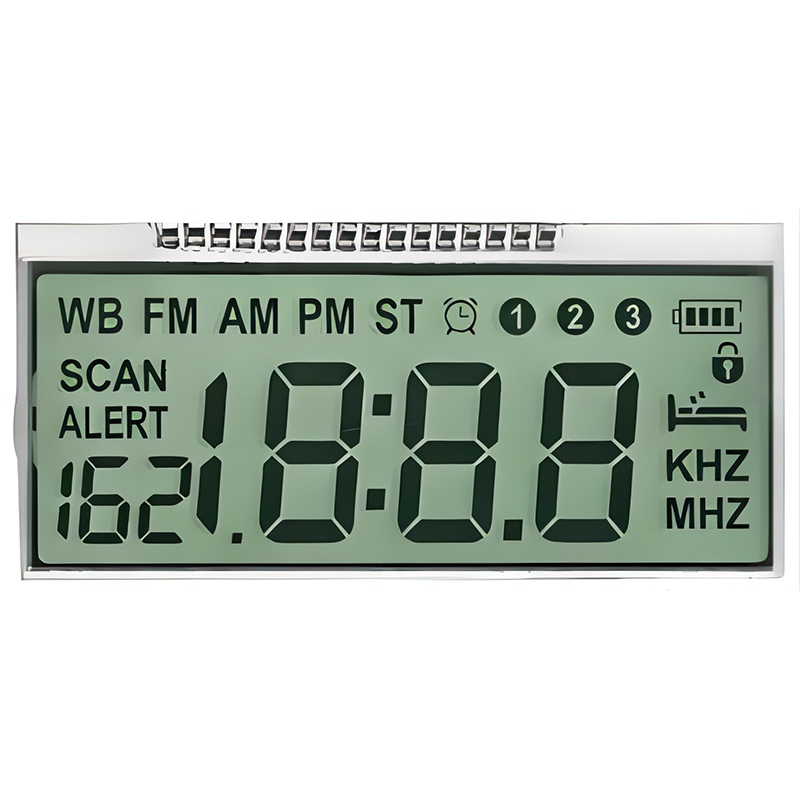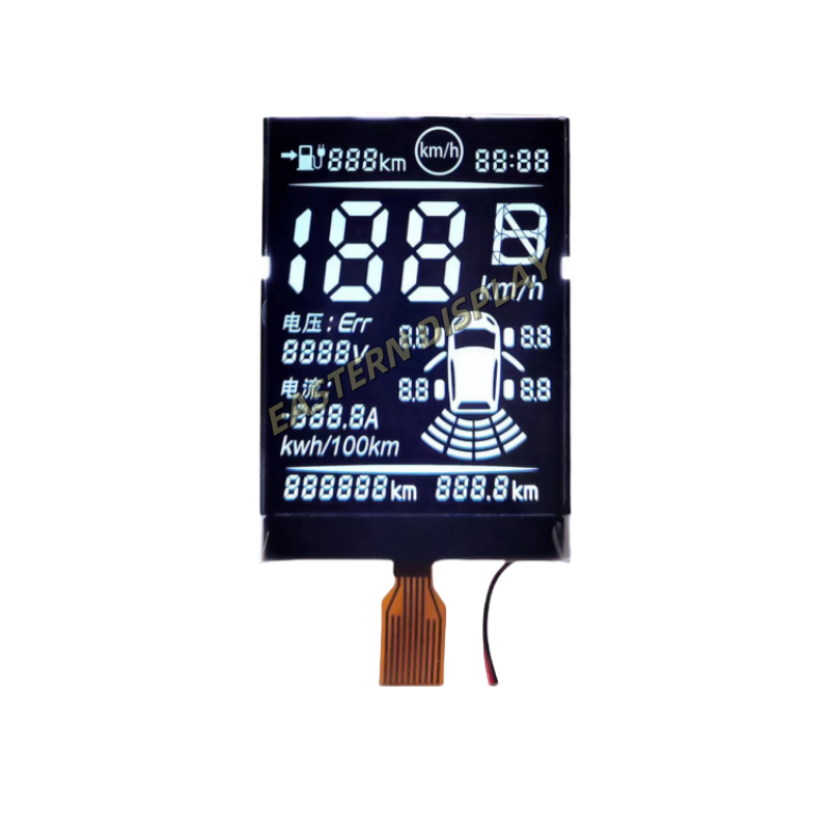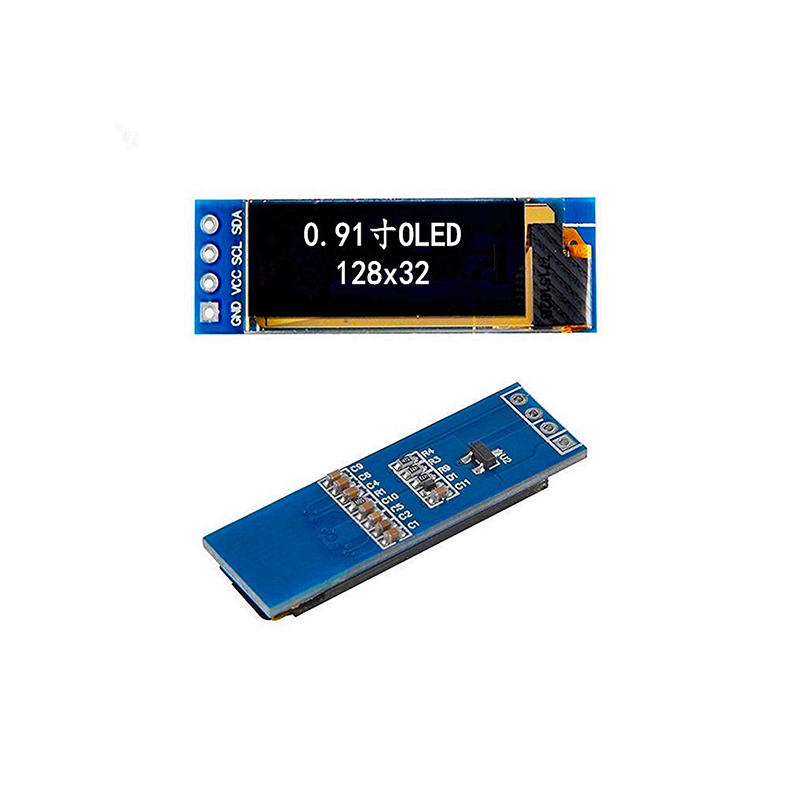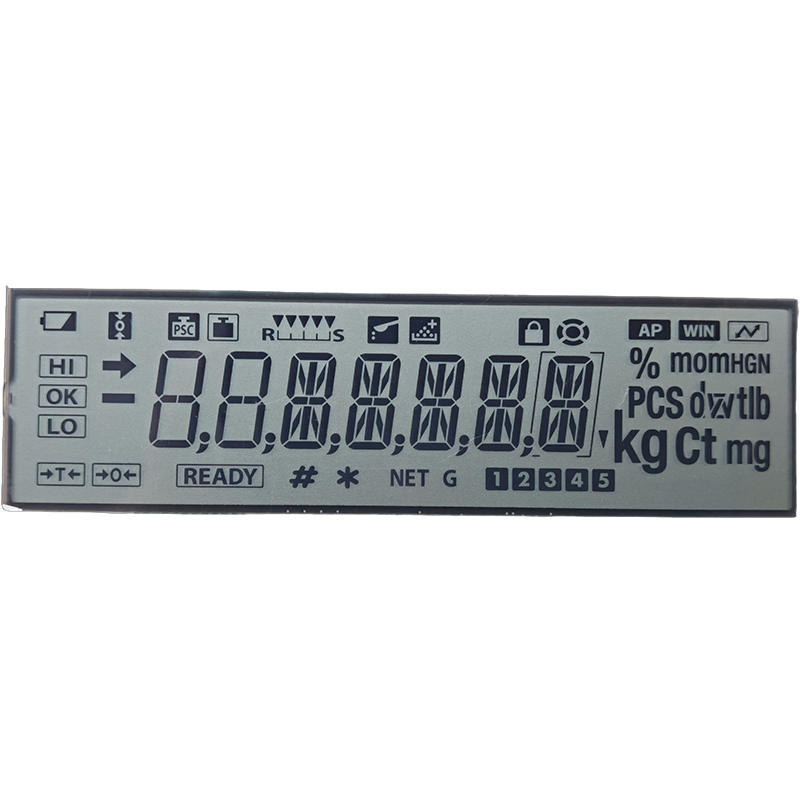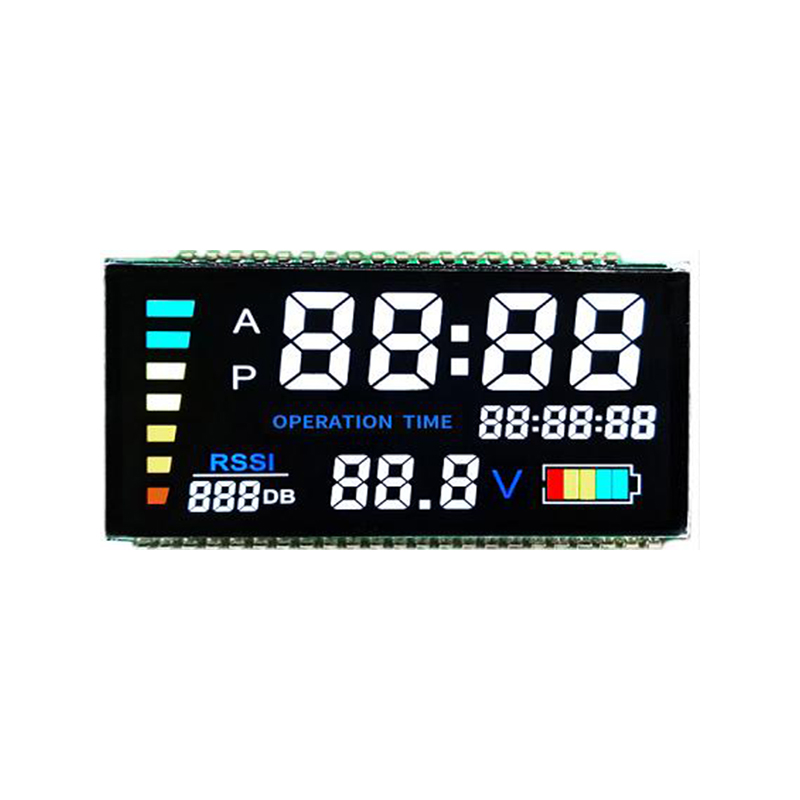
This article provides a comprehensive guide to understanding and implementing isolated SPI interfaces, covering key concepts, practical applications, and potential challenges. We'll explore different isolation methods, best practices for design and implementation, and considerations for selecting the right solution for your specific needs.
A standard Serial Peripheral Interface (SPI) bus lacks inherent isolation, meaning that a malfunction or voltage surge on one device can affect others on the same bus. An isolated SPI interface, however, incorporates isolation mechanisms to prevent this. This is crucial in applications where safety and reliability are paramount, such as industrial control systems, medical devices, and automotive electronics. Isolation protects against noise, ground loops, and voltage transients, ensuring robust communication even in harsh environments.
Optical isolation uses light to transmit data across an isolating barrier. This method offers high isolation voltage and excellent noise immunity. However, it can be more expensive and slower than other methods. Several integrated circuits are available to simplify the implementation of optically isolated SPI interfaces.
Magnetic isolation uses transformers to transfer data. It is generally less expensive than optical isolation and can offer higher bandwidth. However, the isolation voltage might be lower compared to optical solutions. Careful selection of transformers is crucial for optimal performance.
Capacitive isolation uses capacitive coupling to transfer data. This method is typically less expensive, but also offers the lowest isolation voltage and can be more susceptible to noise. Its application is usually limited to low-voltage, low-noise environments.
The optimal isolation method depends on several factors, including:
A table summarizing the key characteristics of each isolation method may aid in decision making:
| Isolation Method | Isolation Voltage | Data Rate | Cost | Noise Immunity |
|---|---|---|---|---|
| Optical | High | Moderate | High | Excellent |
| Magnetic | Moderate | High | Moderate | Good |
| Capacitive | Low | High | Low | Poor |
When designing and implementing isolated SPI interfaces, consider the following:
Implementing reliable and robust isolated SPI interfaces is crucial for many applications. By understanding the different isolation methods and best practices, designers can select the optimal solution to meet their specific needs and ensure the safety and reliability of their systems. For high-quality LCD displays to integrate into your isolated SPI interface designs, consider exploring the capabilities of Dalian Eastern Display Co., Ltd. Their expertise in display technology can enhance your project's overall performance and user experience.



